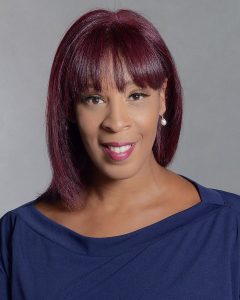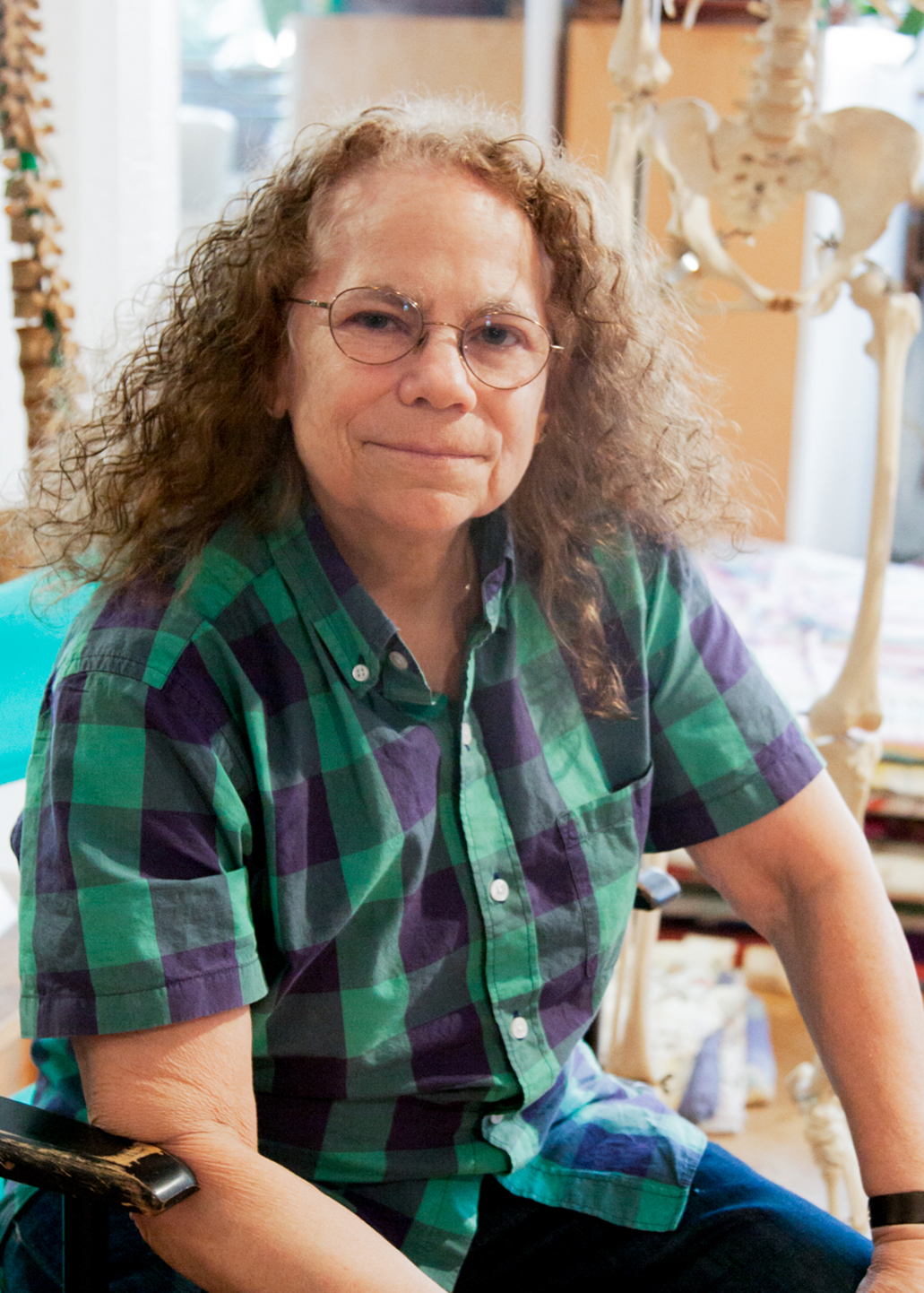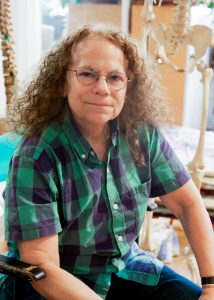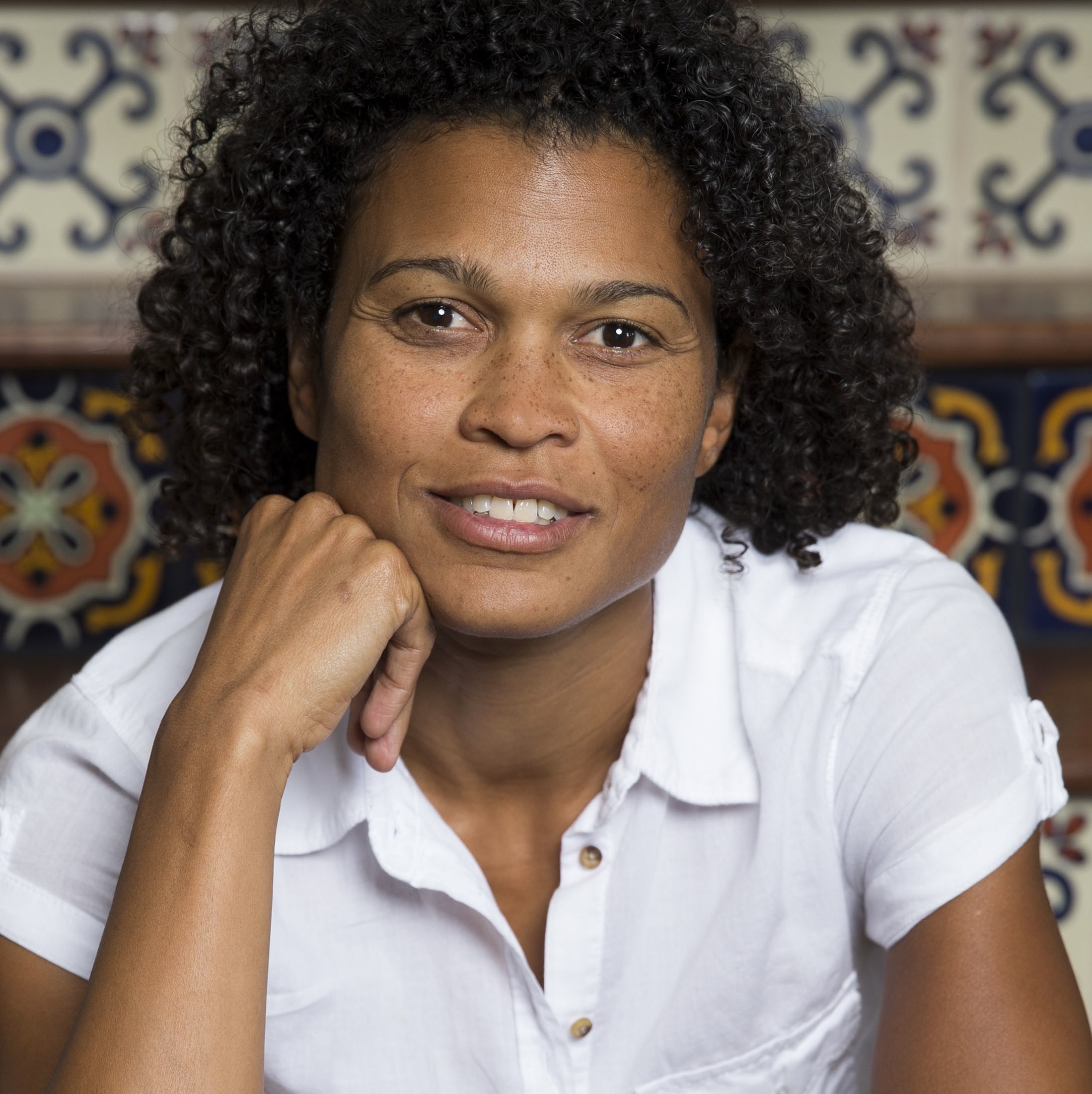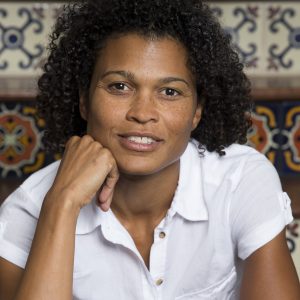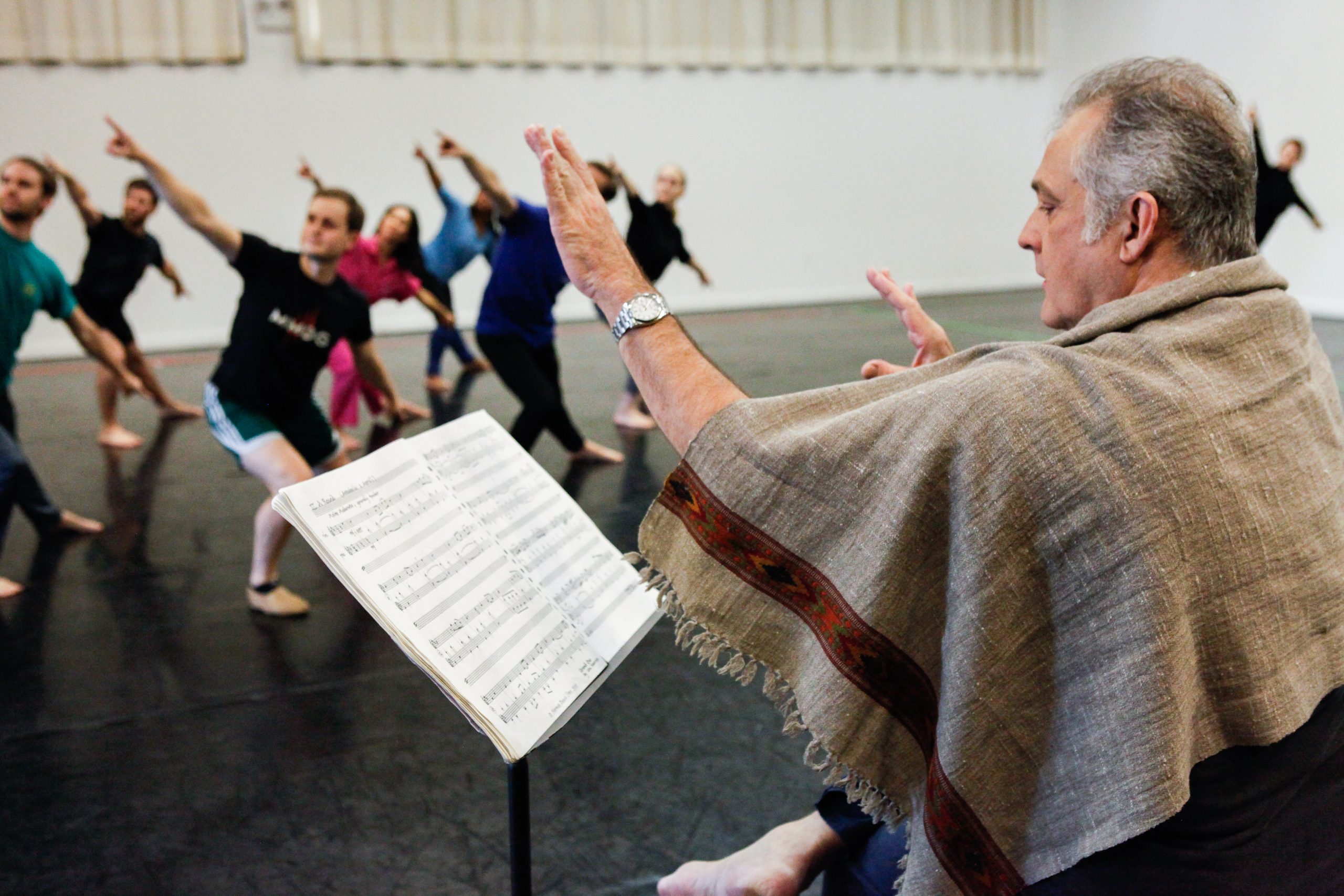
PODCAST 161: Mark Morris
Release Date: 7.31.23
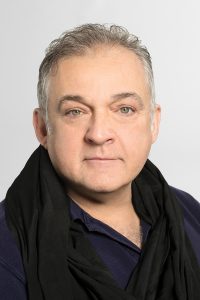
TO DOWNLOAD PODCAST OR LISTEN:
Around the World with Mark Morris
Episode 161: Show Notes
From the age of seven, Mark Morris was enamored with dance. Immersing himself in everything from flamenco to Israeli folk to ballet to modern, Mark has lived, trained, and worked in many different parts of the world. In this episode, Mark takes us on a journey from the audition that signaled the start of his career to the Mark Morris Dance Company’s first show in 1980 to his years in Brussels, where he did his “grandest work.” We also take a look at the work that Mark devotes his time to these days, which involves choreographing “dances of the future” that are only intended to be seen by the public after his death. His life has been eventful, to say the least, and this episode will give you a taste of the passion and flair that epitomize Mark Morris!
Key Points From This Episode:
- Where Mark’s love for dance originated.
- Different dance forms that he has been drawn to during his life.
- How his life changed when he was just 11 years old.
- Mark’s experience training and working overseas.
- Why he moved to New York and the various companies he danced for while there.
- The driving force for the founding of the Mark Morris Dance Group.
- Mark Morris Dance Group’s first show and how the company evolved from there.
- Some of Mark’s career highlights.
- Where he did his grandest work.
- The contradictory attitudes that he dealt with during his time in Brussels.
- How the Mark Morris Dance Center came to be.
- Where Mark finds inspiration to continue to choreograph.
- Insight into his “dance of the future” concept.
- The profound role that music plays in his life.
“I like excellence and I like surprise. I’m very interested in work that engages me and that’s not necessarily what everybody else agrees with.” — Mark Morris
MARK MORRIS, praised as “the most successful and influential choreographer alive, and indisputably the most musical” (New York Times), was born on August 29, 1956, in Seattle, Washington, where he studied with Verla Flowers and Perry Brunson. In the early years of his career, he performed with the companies of Lar Lubovitch, Hannah Kahn, Laura Dean, Eliot Feld, and the Koleda Balkan Dance Ensemble. He formed the Mark Morris Dance Group (MMDG) in 1980 and has since created over 150 works for the company. From 1988 to 1991, he was Director of Dance at the Théâtre Royal de la Monnaie in Brussels, the national opera house of Belgium. In 1990, he founded the White Oak Dance Project with Mikhail Baryshnikov. Morris is also an acclaimed ballet choreographer, with twenty-two works commissioned by ballet companies worldwide.
Noted for his musicality, Morris has been described as “undeviating in his devotion to music” (The New Yorker). He began conducting performances for MMDG in 2006 and has since conducted at Tanglewood Music Center, Lincoln Center, and BAM (Brooklyn Academy of Music). In 2013, he served as Music Director for the Ojai Music Festival. Morris also works extensively in opera, directing and choreographing productions for The Metropolitan Opera, New York City Opera, English National Opera, and The Royal Opera, Covent Garden, among others.
He was named a Fellow of the MacArthur Foundation in 1991 and has received eleven honorary doctorates to date. He has taught at the University of Washington, Princeton University, and Tanglewood Music Center.
He is the subject of a biography, Mark Morris, by Joan Acocella (Farrar, Straus & Giroux), and Marlowe & Company published a volume of photographs and critical essays entitled Mark Morris’ L’Allegro, il Penseroso ed il Moderato: A Celebration. Mark Morris: Musician-Choreographer, by musicologist Stephanie Jordan, was released in 2015. Morris’s memoir, Out Loud, co-written with Wesley Stace, was published in paperback by Penguin Press in October 2021.
A Doris Duke Artist, Morris is a member of the American Academy of Arts and Sciences and the American Philosophical Society, and has served as an Advisory Board Member for the Rolex Mentor and Protégé Arts Initiative. He has received the Samuel H. Scripps/American Dance Festival Award for Lifetime Achievement, the Leonard Bernstein Lifetime Achievement Award for the Elevation of Music in Society, the Benjamin Franklin Laureate Prize for Creativity, the International Society for the Performing Arts’ Distinguished Artist Award, the Cal Performances Award of Distinction in the Performing Arts, the Orchestra of St. Luke’s Gift of Music Award, and the 2016 Doris Duke Artist Award. In 2015, Morris was inducted into the Mr. and Mrs. Cornelius Vanderbilt Whitney Hall of Fame at the National Museum of Dance in Saratoga Springs, New York.
Morris opened the Mark Morris Dance Center in Brooklyn, New York, in 2001 to provide a home for his company, subsidized rental space for local artists, community education programs for children and seniors, and a school offering dance classes to students of all ages and levels of experience with and without disabilities.
Connect
Links Mentioned in Today’s Episode:
New Jersey State Council of the Arts
Podcast produced by: The Moving Architects
Interviewer: Erin Carlisle Norton


